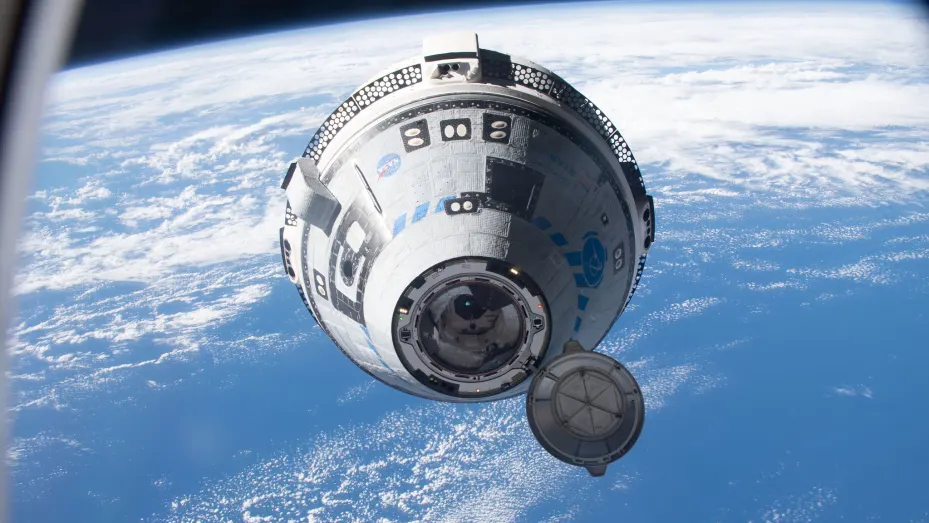Hamartia Antidote
ELITE MEMBER

- Joined
- Nov 17, 2013
- Messages
- 35,188
- Reaction score
- 30
- Country
- Location

Boeing's Starliner capsule lands, completing a crucial step toward carrying NASA astronauts
Boeing landed its uncrewed Starliner spacecraft in the New Mexico desert on Wednesday, completing a crucial test flight in preparation to carry astronauts.
- Boeing landed its uncrewed Starliner spacecraft in the New Mexico desert on Wednesday, completing a crucial test flight as the company prepares to carry astronauts.
- The mission completed one of its most important test objectives, reaching the ISS and docking successfully.
- Boeing’s next Starliner mission is expected to be the Crew Flight Test, or CFT, flying the first astronauts onboard the capsule.

Boeing’s Starliner capsule lands in White Sands, New Mexico on May 25, 2022 to complete the OFT-2 mission.
Boeing landed its uncrewed Starliner spacecraft in the New Mexico desert on Wednesday, completing a crucial test flight as the company prepares to carry astronauts.
Starliner landed at the U.S. Army’s White Sands Missile Range, after earlier in the day leaving the International Space Station – concluding the six-day Orbital Flight Test 2, or OFT-2 mission.
The mission completed one of its most important test objectives, reaching the ISS and docking successfully. OFT-2 marks a critical development milestone in Boeing’s development of Starliner, which has run into several obstacles and delays over the past three years.

Boeing’s Starliner spacecraft is seen before docking with the International Space Station on May 20, 2022 during the uncrewed OFT-2 mission.
Boeing has been developing its Starliner spacecraft under NASA’s Commercial Crew program, having won nearly $5 billion in contracts to build the capsule. The company competes under the program against Elon Musk’s SpaceX, which completed development of its Crew Dragon spacecraft and is now on its fourth operational human spaceflight for NASA.
The aerospace giant was once seen as evenly matched with SpaceX in the race to launch NASA astronauts. Yet the delays to Starliner’s development have steadily set Boeing back, both in schedule and finances. Due to the fixed-price nature of its NASA contract, Boeing absorbed the cost of additional work on the capsule and has spent $595 million so far.
Boeing’s next Starliner mission is expected to be the Crew Flight Test, or CFT, flying the first astronauts onboard the capsule. However, the company is examining whether to redesign the Aerojet Rocketdyne-made propulsion valves on Starliner, which malfunctioned during the company’s first attempt to launch the OFT-2 mission in August 2021.


